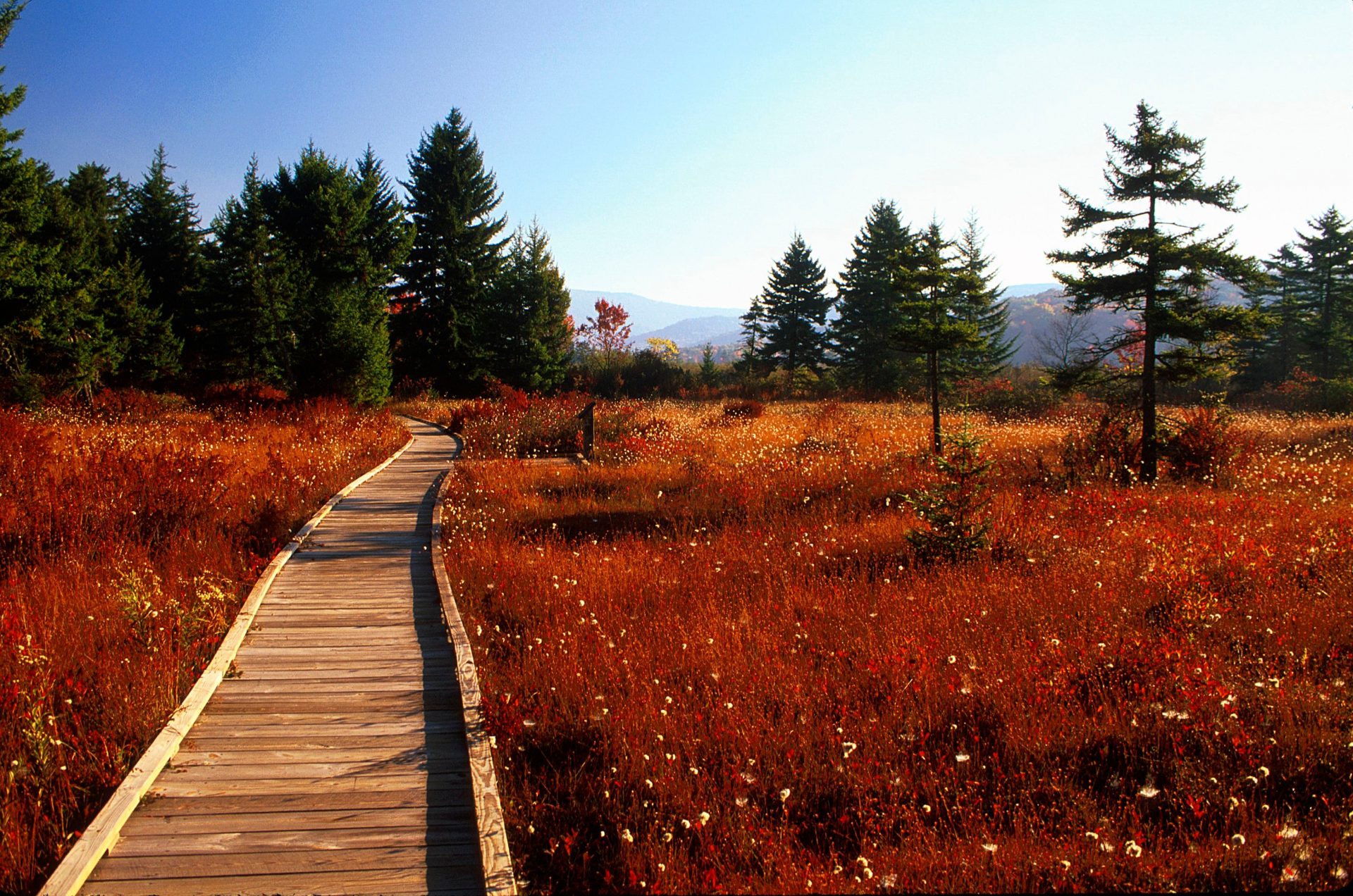Secret Salamander Species In West Virginia’s Cranberry Glades

Have you ever heard of the secret salamander species hiding in West Virginia's Cranberry Glades? This unique wetland, located in the Monongahela National Forest, is home to a variety of rare plants and animals. Among these, the salamanders stand out due to their elusive nature and fascinating adaptations. The Cranberry Glades, with its cool, damp environment, provides the perfect habitat for these amphibians. Whether you're a nature enthusiast or just curious about wildlife, learning about these hidden creatures can be both exciting and educational. Join us as we delve into the world of these mysterious salamanders and their unique home.
Discovering the Hidden Gems of Cranberry Glades
Nestled in the heart of West Virginia, Cranberry Glades is a unique ecosystem teeming with life. Among its many wonders, the secret salamander species stand out. These elusive creatures thrive in the lush, boggy environment, making it a haven for nature enthusiasts and researchers alike.
1. The Red Salamander
The Red Salamander is a vibrant amphibian that can be found in the moist, shaded areas of Cranberry Glades. Its striking red color with black spots makes it easy to identify. These salamanders prefer cool, clear streams and are often seen hiding under rocks or logs.
2. The Cheat Mountain Salamander
Endemic to West Virginia, the Cheat Mountain Salamander is a rare and protected species. This small, dark salamander with a white belly is typically found in the higher elevations of Cranberry Glades. Its habitat consists of moist, moss-covered forest floors, making it a true gem of the region.
3. The Spring Salamander
The Spring Salamander is another fascinating species residing in Cranberry Glades. Known for its salmon-pink color, this salamander thrives in the cold, clear springs and streams of the area. It is often found in rocky crevices and under submerged logs, making it a challenge to spot.
4. The Northern Dusky Salamander
The Northern Dusky Salamander is a common yet intriguing inhabitant of Cranberry Glades. With its brownish-gray color and keeled tail, it blends seamlessly into its surroundings. These salamanders prefer the damp, forested areas near streams and are often seen during the rainy season.
5. The Four-toed Salamander
The Four-toed Salamander is a small, slender species with a distinctive constriction at the base of its tail. Found in the sphagnum moss bogs of Cranberry Glades, this salamander is known for its unique reproductive habits. Females lay their eggs in mossy areas, and the larvae develop in the water below.
6. The Eastern Red-backed Salamander
The Eastern Red-backed Salamander is a common sight in Cranberry Glades. This small, slender salamander comes in two color morphs: a red-backed form with a bright stripe down its back and a lead-backed form with a uniform dark color. They are often found under rocks, logs, and leaf litter in the moist forest floor.
7. The Seal Salamander
The Seal Salamander is a robust species with a mottled gray or brown appearance. It thrives in the cool, clear streams and seeps of Cranberry Glades. These salamanders are known for their nocturnal habits, making them a bit tricky to observe during the day.
8. The Mountain Dusky Salamander
The Mountain Dusky Salamander is a small, slender species with a distinctive light stripe running down its back. Found in the higher elevations of Cranberry Glades, this salamander prefers the moist, rocky areas near streams. Its cryptic coloration helps it blend into the leaf litter and mossy surroundings.
9. The Slimy Salamander
The Slimy Salamander is aptly named for the sticky secretion it produces when threatened. This black salamander with white or yellow spots is commonly found in the moist, shaded areas of Cranberry Glades. It prefers to hide under rocks, logs, and leaf litter, making it a challenge to spot.
10. The Wehrle's Salamander
Wehrle's Salamander is a rare and elusive species found in the higher elevations of Cranberry Glades. This small, dark salamander with a light belly prefers the cool, moist forest floors and rocky outcrops. Its secretive nature and limited range make it a true treasure of the region.
Discovering Hidden Wonders
West Virginia's Cranberry Glades is home to a secret salamander species that adds to the area's unique charm. This hidden gem thrives in the cool, damp environment of the glades, making it a must-see for nature lovers. Exploring this region offers a chance to witness the delicate balance of its ecosystem and the rare creatures that inhabit it.
Visiting the Cranberry Glades not only provides an opportunity to see this elusive salamander but also to appreciate the rich biodiversity of the area. The glades' unique environment supports a variety of plant and animal life, making it a fascinating destination for anyone interested in nature.
Plan a trip to the Cranberry Glades and experience the wonder of discovering a species that few have seen. This adventure will leave you with a deeper appreciation for the hidden wonders of West Virginia's natural world.

